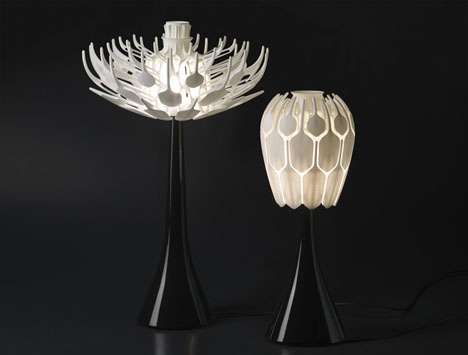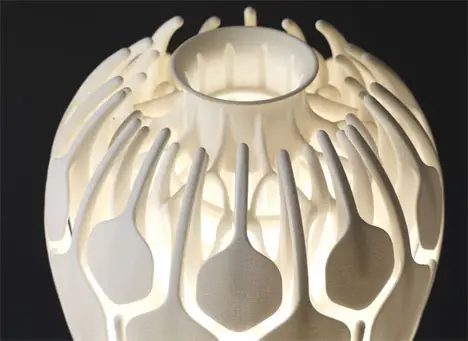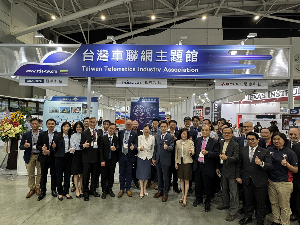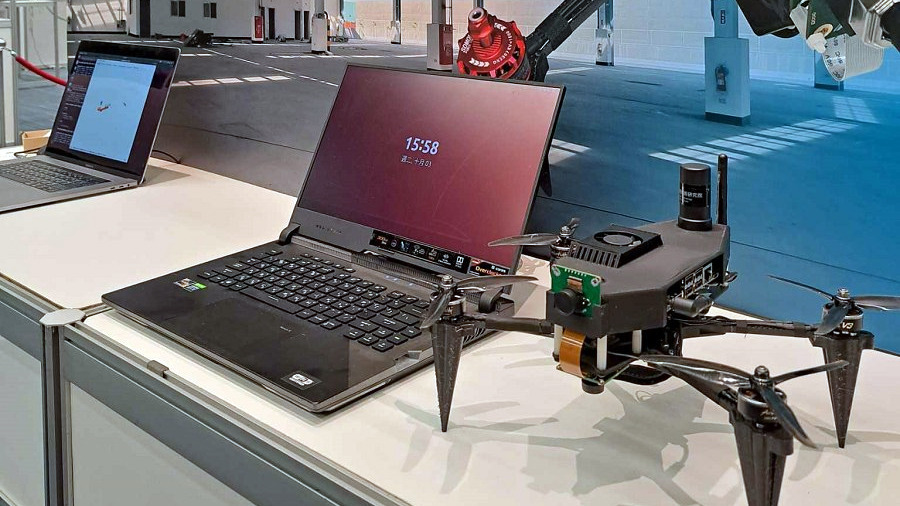At this point, LED bulbs are the hybrid cars of lighting. They're cheaper to operate but cost more upfront than their less-efficient cousins.
There have been LED spotlights and smaller lights for years, but now people can buy LED bulbs that give out as much light as a 60-watt incandescent and are designed for use just about anywhere. And rather than purchase them online or in a specialty store, they will be available at Home Depot, Lowes, and no doubt other familiar retail outlets next year.
Weighing cost and light quality, LEDs are worth considering right now for downlights and worth keeping an eye on if you have a lot of incandescent bulbs. If you already have a lot of CFLs in places like desktop lamps, don't expect a quick payback by switching over. But LEDs offer some other advantages, notably longer life.
Lighting your living space is obviously a very personal decision, but as you think about upgrading with energy efficiency in mind, here are a few factors to consider.
Cost
The good news on LEDs are that these lights, quality-wise, are quite good and they put out enough light for a lot of needs. But there's no getting around the fact that LED bulbs for general lighting are a new technology that comes with a price premium.
Home Depot's 800 lumen Philips LED bulb is priced at just under $40 and consumes 12 watts. A 40-watt equivalent from Lighting Sciences Group, which consumes less than 8 watts, costs just under $18.
If you were considering moving en masse to LEDs, you would need to take a long view from a financial perspective. Osram Sylvania figures that putting its $39.98 LED in to replace a 60-watt incandescent will save $132 over the life of the bulb, assuming a price of electricity at 10 cents per kilowatt-hour. That's more than 25,000 hours, or 17 years of using a bulb four hours a day.

The Sylvania LED designed for general lighting, which gives off as much light as a 60-watt incandescent and uses 12 watts.
(Credit: Osram Sylvania) Taking a more conservative, short-term view, I did some back-of-the envelope calculations. If you used a bulb for just two hours a day and paid the national average of 11.5 cents per kilowatt hour, a single 12-watt LED will cost you about $1 per year. Comparable CFLs that consume about 14 watts come to $1.17 per year and about $5 a year for 60-watt incandescents in that scenario. (See formula.)
The minimal energy savings you get from going from CFL to LEDs reflects that LED bulbs are only slightly more efficient, when measured on lumens per watt. And, of course, CFLs have come way down in price over the past few years, while LEDs are still at the top of a projected downward cost curve. If you have incandescent bulbs, saving $4 a year with an LED is more compelling, but that's still a long pay back.
Electricity prices vary quite a bit (see here for your state average) in the U.S. and changing the number of hours per day will vary the result quite a bit. For example, if you use an LED bulb four hours a day and pay a higher rate of 16 cents per kilowatt hour, you'd save $11 per year per bulb over an incandescent, giving you a payback time frame for a $40 LED of between three and four years. Obviously, these savings get bigger, the more bulbs you replace.
More significant is that LEDs have a stated life time of 25,000 hours or more, compared to about 8,000 for CFLs, and less than 1,000 for incandescents. So if you factor in replacements, the numbers look more favorable.
Keep in mind that LEDs are on a faster efficiency and price-improvement track than other lighting technologies. Some lighting industry executives expect the price for an 800-lumen LED bulb to fall to about $20 within two years, which changes the math significantly. And utilities could begin to subsidize them, as they did with CFLs.
How you'll be using the bulb
Before you get too lost in the numbers, consider what you're using your lighting for. A good application for long-lasting LEDS is a tough-to-reach space or one where you need to leave the light on for a long time, for example. Often, CFLs are not always dimmable and LEDs typically are.
Also, consider that LEDs are best at directional light, which is why there are so many spotlight and downlight LEDs that fit into cans. Reviews for the Home Depot downlight from Cree--a 65-watt replacement that uses 10 watts--are generally positive and there are signs that pricing is going to be aggressive. They are listed at $49.97 online but they were on sale for $20, at least in some Massachusetts stores. Another good use is a goose-neck desk lamp, which is designed for directed light.
These latest general-use LED bulbs do a better job dispersing light, but there are limits. Last night I put two LED bulbs from Lighting Sciences Group into sconces that are at about at eye level on either side of a mirror. The amount of light was fine, but because most of the light was projected down, it didn't provide the light where I wanted it to use the mirror. That same bulb in a ceiling light works just fine.
Paying $20 or $40 for a bulb is obviously a lot compared to the $2 bulbs already available, but there are other reasons to switch bulbs besides yearly energy savings, as commenters at CNET and the Home Depot Web site made clear.
Many people get impatient waiting for CFLs to warm up, particularly outside, or they don't want to worry about mercury in CLFs (which should be recycled through waste collection agencies or retailers). The inefficiency of incandescent bulbs manifests itself as heat. Using cooler LEDs can be significant when you consider the cost of cooling.
I'm about to buy some LEDs for my own home and one feature I'm considering is color temperature. In some areas, I think that a warmer yellow light--rated at 2,700 Kelvin--would work well. But some LEDs have a cooler white at 3,000 Kelvin, which I'll put in other spots. I'll also be paying more attention to color rendering index, which is a measure of color accuracy.
Green factor
Some lighting manufacturers refer to the LED business right now as the "wild west," which doesn't sound very comforting as a consumer. The fact is that there are inflated claims regarding the life times and light quality of LEDs, which has even led to the Federal Trade Commissioner filing suit against a manufacturer.
As you're looking around, remember that for LEDs to last a long time, they need a heat sink. That's the main reason LED bulbs have metal fins that go down the side, making them look different than the classic Edison-style bulb.
One way to combat that problem is to check out reviews and buy from places where you know you can return the product. A good resource for learning the lingo around lighting and getting specifications on individual products is the Department of Energy's LightingFacts Web site, where you can see a new label now being used.
Another thing that lighting professionals will tell you is that we should expect more diversity in lighting technology, not a takeover of LEDs. In the next years, expect to hear quite a bit more about LEDs for the home as retail outlets start carrying more and prices come down. Also worth watching is whether they live up to their promised long life.
I bought a hybrid car because I wanted the best mileage I could get and, similarly, I plan on buying some LEDs to lower my electricity usage as my CFLs burn out. And like other consumers, I'll be watching for prices to fall and hoping they last as long as they should. How well they fare displacing other types of lighting remains to be seen, but LEDs are now part of the mix.
(CNET)






































 Considering I've just polished off half a jar of jam, you could say I'm a fan of all things preserved. But inedible LED jams? JellyLamps' bright hues make me sad I can't slather a knife-full on a bit of crust.
Considering I've just polished off half a jar of jam, you could say I'm a fan of all things preserved. But inedible LED jams? JellyLamps' bright hues make me sad I can't slather a knife-full on a bit of crust.

